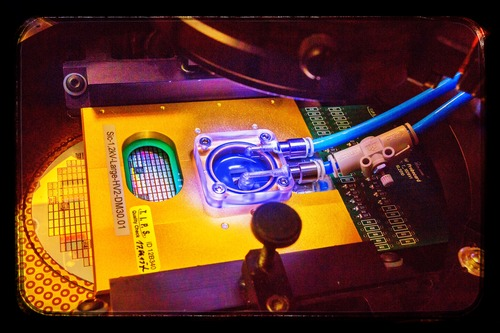Published by on

Tech from GE Labs Could Make Planes, Trains and Automobiles Use Less Power
Power management chips are like second-born kids. They do a lot of hard work, but don’t always get the recognition they deserve.
Like microchips inside computers and laptops, power management chips are pieces of semiconductor as small as a cornflake. But they move electricity (watts), not data (bytes). Their circuits help extend battery life and reduce power consumption for a broad range of devices: from smartphones and tablets to wind farms, brain scanners and jet engines. They can make machines smaller, lighter, and more efficient.
The best ones, made from a material called silicon carbide, can work at temperatures that are twice the boiling point of water where ordinary silicon chips falter. They handle megawatts of power, an order of magnitude higher than silicon, and operate at much higher frequencies, which makes them much more efficient.
But until recently, they’ve also been very difficult to make.

Manufacturing a silicon carbide chip requires as many as 300 steps performed in a clean room, and companies have to negotiate pitfalls produced by the complicated interactions between silicon, carbon and metal oxides.
But scientists at GE Global Research have figured out how to bypass silicon carbide’s limitations and came up with new ways to make power management chips that could revolutionize power electronics industry and bring in big savings for users. They will provide their technology and intellectual property valued at more than $100 million.
